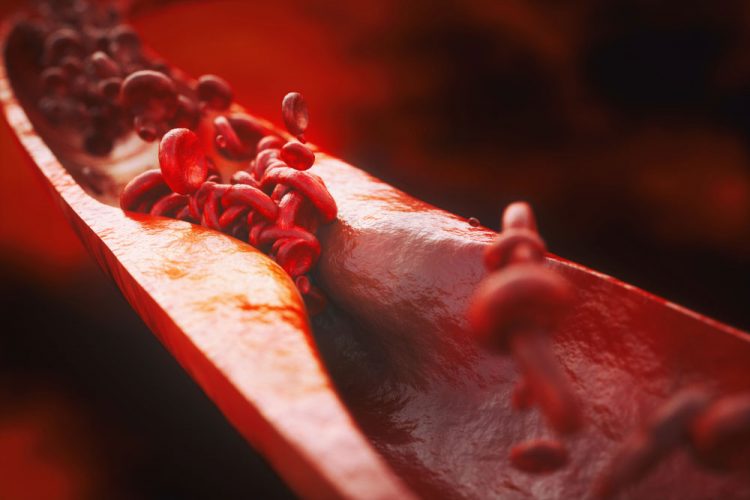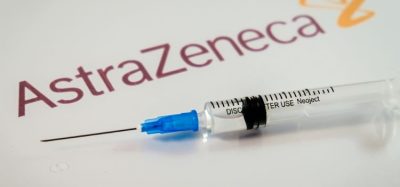Noninvasive therapy may reverse atherosclerosis
Posted: 14 May 2018 | Dr Zara Kassam (European Pharmaceutical Review) | No comments yet
Researchers synthesized self-assembling peptide amphile nanofibers that targeted areas of plaque and could be delivered by intravenous injection…


An injection may one day be able to reverse atherosclerosis. according to emerging research presented at the American Heart Association’s Vascular Discovery.
Atherosclerosis is characterised by a narrowing of arteries and blood vessels caused by a build-up of a hard, waxy substance called plaque, which is rich in cholesterol.
Our aim was to develop a non-invasive, non-surgical, novel therapy to halt and reverse the disease
Drugs such as statins are used to control low-density lipoprotein (LDL) the so-called bad cholesterol and thus decrease “plaque burden”, explained Dr Neel A. Mansukhani, lead author of the study and an integrated vascular surgery fellow at Northwestern University Feinberg School of Medicine in Chicago. “But statins have not been proven to reverse the disease,” Dr Mansukhani said.
Other treatment approaches for atherosclerosis, which can narrow blood vessels and arteries throughout the body, including bypass surgery and stenting, but neither reverses the disease and each can cause damage to the vessel wall, he said.
“Our aim was to develop a non-invasive, non-surgical, novel therapy to halt and reverse the disease by actually targeting the vessel wall with peptide-based nanofibers developed in the laboratory,” Dr Mansukhani said. The tiny fibres contained particles that helped remove cholesterol deposits from the plaque in the artery walls.
Researchers synthesized self-assembling peptide amphile nanofibers that targeted areas of plaque and could be delivered by intravenous injection. Importantly these synthetically engineered nanofibers contained an amino acid sequence that promotes the cholesterol to dissolve.
To test the concept, mice were genetically modified to rapidly develop atherosclerosis, then fed high-fat diets for 14 weeks and after which the mice received biweekly injections of either the peptide amphile nanofiber or saline for 8 weeks.
“It was important that we were able to achieve reproducible results in this model in the lab, so first we wanted to confirm that the therapy actually targeted areas of atherosclerosis,” Dr Mansukhani said.
They used imaging techniques — fluorescent microscopy and pixel quantification — to determine optimum dose, concentration, binding duration and biodistribution and found they could observe the targeting effect after 24 hours, and after 48 to 72 hours the nanofiber would dissipate and it was cleared in 7 to 10 days.
After 8 weeks of treatment, plaque area in the arteries of the male mice was reduced by 11 percent and in the female mice by 9 percent.
The results “demonstrate that a novel targeted nanofiber binds specifically to atherosclerotic lesions and reduces plaque burden after a short treatment duration,” Dr Mansukhani said.
He noted, however, that this is preliminary research, and more is needed before this approach can be tested in humans.









